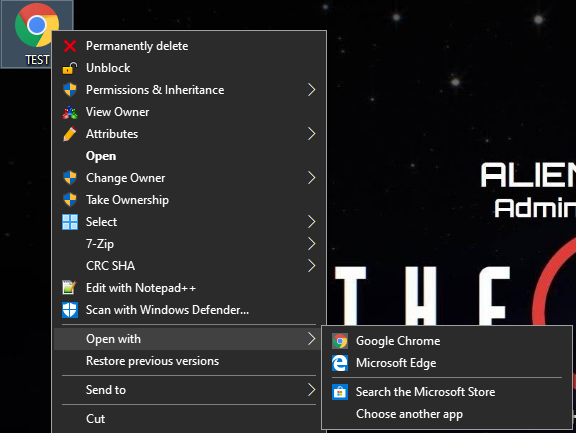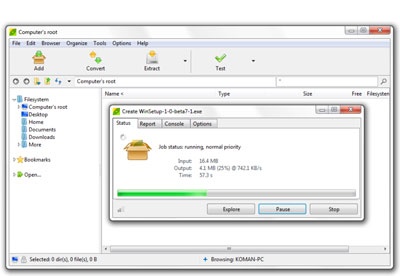



It’s very self-explanatory, so I won’t go into details here. If you’re installing on a desktop system, don’t bother with JFS or XFS. SuSE defaults to Reiser, but some users may want to use Ext3. You have your choice of several file systems, including Ext2, Ext3, ReiserFS, JFS and XFS. If you want to go custom, the partitioner is easy to use. The partitioner automatically comes up with a partitioning scheme it’s up to the user whether they want to use that or something more custom. For example, it noted that one of the systems I was testing was an Inspiron 5150, something I hadn’t seen before.Īt this point, you have to configure things like software selections, bootloader, partitioning, and more minor things like mouse and keyboard configuration. The installer typically does a pretty good job of detecting things like hardware here. As soon as you select your lingo of choice, you’ll move on to installation settings. As per most distributions I’ve tried before, no Canadian English. (You also have the choice of installing without ACPI or in safe mode.)Ĭhoose your language. Start the installation, and the graphical installer will start loading a kernel off the CD. You have a choice to either install or boot an OS off the hard drive. For the record, SuSE’s installer is very easy on the eyes. (SuSE let me download them.) Boot off the CDs, and you’re at a nice, blue splash screen. Trident CyberBlade Graphics chipset (4MB shared) This is a review/personal thoughts on the distro. SuSE gave me the opportunity to use SuSE 9.1 Professional for a couple weeks. SuSE Linux 9.1 is the followup to an excellent desktop distribution.


 0 kommentar(er)
0 kommentar(er)
